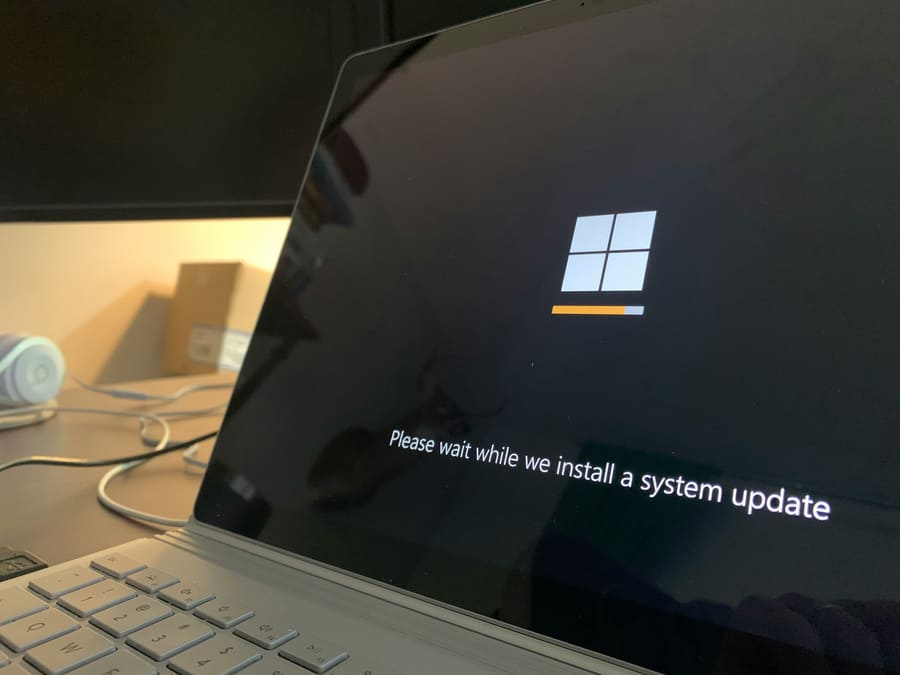Microsoft is once again making significant strides with its operating systems, having recently rolled out updates for both Windows 10 and Windows 11. These updates, particularly targeting the 23H2 and 24H2 versions of Windows 11, aim to enhance user experience, address prevalent bugs, and improve accessibility features. Even with the impending end of support for Windows 10 on the horizon, let’s explore the latest enhancements and their potential impact on everyday users.
Windows 11: Minor Adjustments That Pack a Punch
The newest builds for Windows 11—KB5052093 (for 24H2) and KB5052094 (for 23H2)—introduce a host of practical updates. Notable among these is a feature aimed at assisting users with hearing impairments: a multi-application camera that permits a single webcam to be accessed by multiple applications simultaneously. This enhancement facilitates the inclusion of sign language interpreters alongside video calls, creating a more inclusive environment for those who depend on visual communication.
Additionally, the File Explorer has undergone a crucial upgrade, significantly improving its performance in managing large folders. This adjustment results in faster media loading times and minimizes frustrating lags that can interrupt workflow. Audio issues have also been addressed—Microsoft has resolved the bug that caused volume levels to irrationally spike to 100% upon waking from sleep, alongside stabilising USB audio devices to prevent unexpected disconnections.
Further refinements include a more user-friendly file-sharing system, which allows users to access sharing options straight from the context menu of pinned applications on the taskbar. The Windows Spotlight feature has been revamped, showcasing cleaner icons and more informative displays. Lastly, the Narrator’s scan mode has been bolstered with new shortcuts to streamline navigation through extensive documents.
Windows 10: Addressing Issues and Enhancing Stability
Although Windows 10 isn’t introducing any groundbreaking features, it continues to receive essential critical fixes with the rollout of KB5052077. Users will experience smoother operations within File Explorer, especially when dealing with cloud-based files. Visual glitches have been mended, and users can now disable OneDrive backup reminders directly from the navigation bar—an update sure to be welcomed by many.
The Start menu has received a facelift, improving visual coherence between light and dark modes. A fix has also been implemented for the issue that caused custom mouse pointer colours to reset after UAC (User Account Control) prompts. High-definition screen users will appreciate the improved drag-and-drop functionality, while Remote Desktop users can now breathe easy with corrected display issues.
This latest release, however, focuses strictly on repairs rather than functionality expansions. OpenSSH, which had been plagued by startup issues, has regained its intended functionality, and the dwm.exe window manager has been stabilised to prevent unexpected crashes. With the end of support for Windows 10 looming later this year, it’s evident that future updates will solely address current issues, with no new features in sight.

Windows 10’s Final Chapter
As Microsoft continues its cadence of updates, it’s clear that Windows 10 has entered its twilight phase. With support officially concluding in October, users can expect nothing more than technical fixes and security updates moving forward. On the other hand, Windows 11 is set to keep evolving, incorporating new features and tweaks to meet modern demands.
For those still clinging to Windows 10, it’s time to start considering your next steps—whether that means upgrading to Windows 11 or exploring alternative options. Recent updates have focused on maintaining stability and usability, allowing users to carry on with their tasks smoothly as we approach the support cutoff for Windows 10.
Ultimately, for users considering their options, it’s evident that Microsoft is committed to ensuring a seamless experience for as long as it can. For Windows 11 users, this means an ongoing cycle of updates designed to refine and enhance your computing journey, making daily tasks just that little bit easier.







